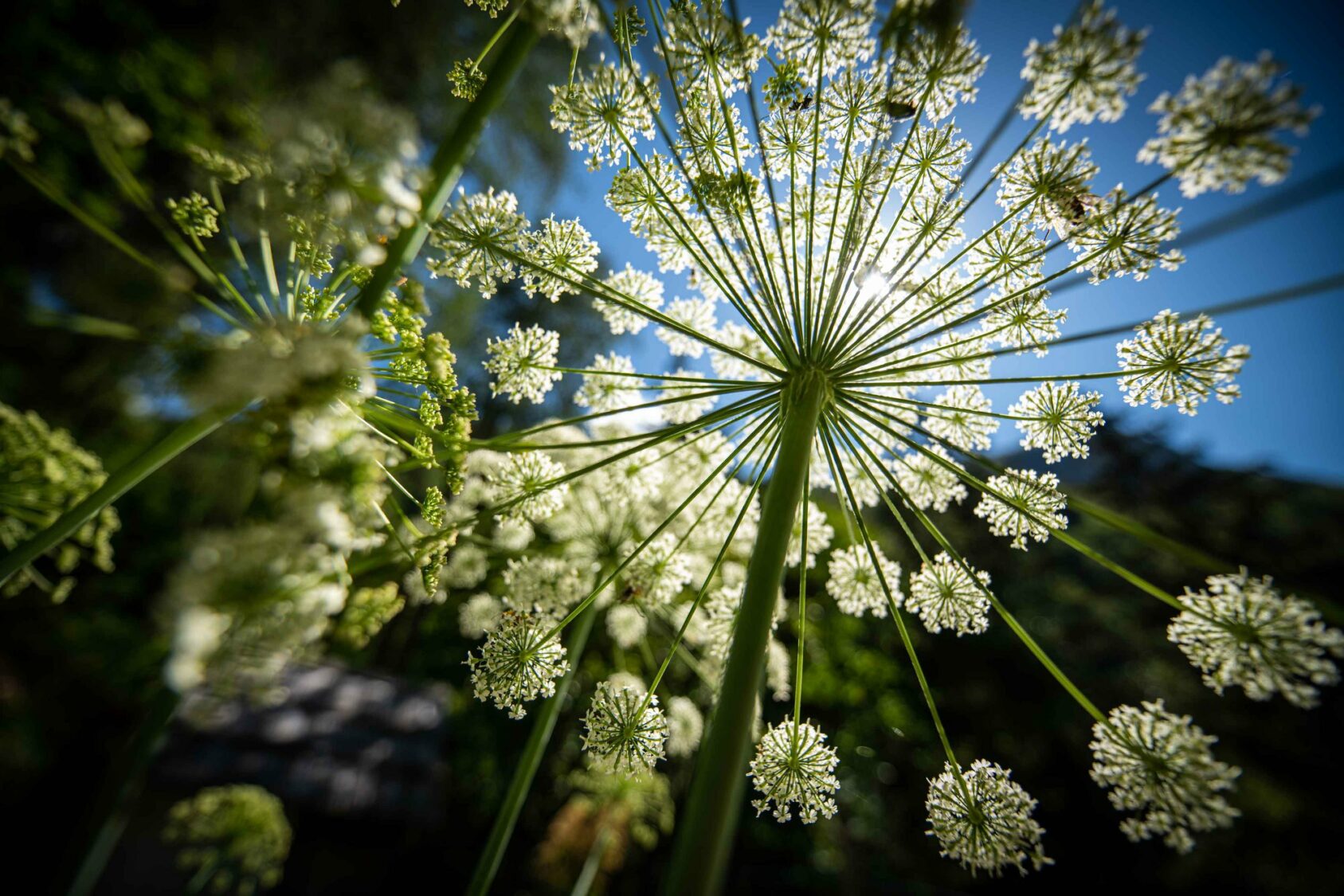Plants are divided into separate kingdoms – Plantae. Usually, they are eukaryotic organisms. Their cells have a nucleus and mitochondria. They are photo-autotrophic: which means that photosynthesis (which is allowed by chlorophyll ) takes place in. The plants are generally fixed (they are not moving).
Some interesting facts from the world of plants
Pseudostellaria europaea starts to bloom in April
In Tivoli Park Ljubljana, “a plant that turned from Ljubljana’s tuberous star into a European tuber” blooms in April, wrote Prof Wraber. The plant was collected near Tivoli Castle between 1762 and 1763 by the Austrian botanist Franz Ksaver Wulfen, who lectured for some time at the Ljubljana Lyceum. He forgot about it and only a quarter of a century later described it as a new species – tuberous star (Stellaria bulbosa).
It was only in the middle of the 20th century when botanists became aware that the star was more comparable to the East Asian genus Pseudostellaria and named the only European species of this genus the European tuber (Pseudostellaria europaea).
The extinct Dwarf Birch
The Dwarf Birch (Betula nana) is an arctic-alpine species thriving in Central Europe only in raised bogs and fens. Although birch trees are known to us as tall trees with white bark, the Dwarf Birch is a small undershrub with brownish bark. In the past, the species also proliferated at Malo polje near Velo polje in the Julian Alps, as substantiated by the 150-year-old herbarium specimen of Jurij Dolliner (1794-1872), held in the herbarium of the Slovenian Museum of Natural History. In times past, part of Malo polje was allegedly covered by raised bog, but the local shepherds most likely cut the peat, thus destroying the habitat of the Dwarf Birch as well. Today it is extinct in Slovenia.
More about Jurij Dolliner and other prominent botanists you can find in the article by Dr Nada Praprotnik.
Hacquet's flowers from Mt Triglav
The Breton naturalist Balthasar Hacquet (1739/40-1815) was employed as a mine surgeon and obstetrician in Idrija, but eventually moved to Ljubljana, where he lectured at the Medical-Surgical Lyceum and Midwifery School and made a new friend with Žiga Zois (1747-1819 ). During his trips in nature, he also collected plants for the herbarium, which he gave to Žiga’s younger brother Karl before leaving Ljubljana. As part of the legacy of the Zois brothers, Hacquet’s herbarium became part of the first collections of the Carniola Provincial Museum and has been preserved in the Slovenian Museum of Natural History till this very day.
Aa early as 1777, Hacquet attempted to climb to the top of Mt Triglav to measure its height. He failed in this attempt, but still reached the top of Mt Mali Triglav. Allegedly, he climbed to the top of Mt Triglav, the highest peak of the then Carniola, in 1779 and 1782, but some people have call into question the truth of. On his excursions around Mt Triglav he noticed and collected plants that were not known to him at that time. In 1782, he described and drew some of them in his work Carniolan Alpine Flowers (Plantae alpinae Carniolicae), where he wrote about 12 plant species – in his opinion still unknown to science – from Carniolan Alps and Istria,.
In the above mentioned work, he named as many as 4 species after Mt Triglav: Leontodon terglouensis, Gentiana terglouensis, Potentilla terglouensis and Myosotis terglouensis.
About Leontodon terglouensis he wrote: “It thrives on Mt Triglav, where it becomes icy, and of course here, in humid places, but is also found in the surrounding Alps.” (translated by Wraber T., 1990). Part of the southern slope of Mt Triglav below the Planika mountain chalet is considered to be the classical locality of the species. In 1881, the Austrian botanist Anton Kerner established that it was actually a species of Crepis terglouensis and is therefore the valid name of the species today. In Slovenia, it has confirmed localities in the Julian Alps and the Karavanke Mountain range (Mt Stol).
Gentiana terglouensis was truly a new, although undescribed species, and Hacquet’s expert designation of the species has remained to this day. He wrote that it thrived on the slopes of Mt Triglav and in the Bohinj Mts. Gentiana terglouensis is a southeastern Alpine species, distributed from the Dolomites (South Tyrol) to the Kamnik Alps in Slovenia.
Myosotis terglouensis was found by Hacquet on the slopes of Mt Triglav and named it after it. In his Carniolan Alpine Plants he incorrectly writes that the fruit of this species is the capitulum that opens into four flaps. Today, the valid name of this species is Eritrichium nanum. In Slovenia, it thrives in the Julian, Kamniško-Savinjske Alps and in the Karavanke Mountain Range.


